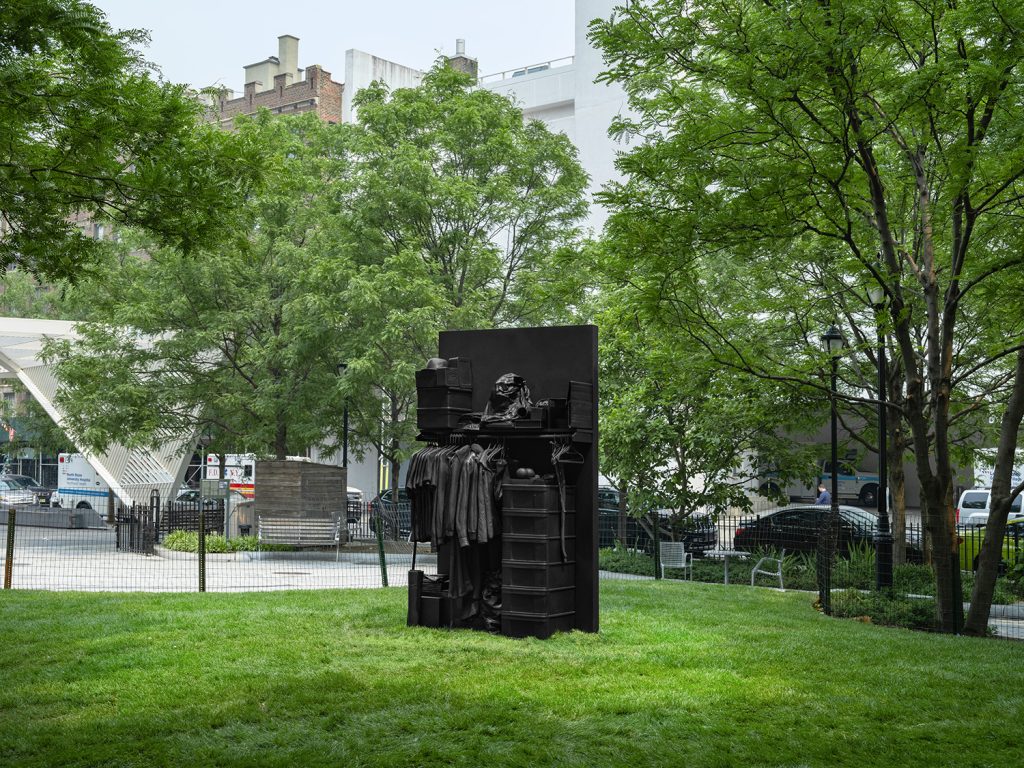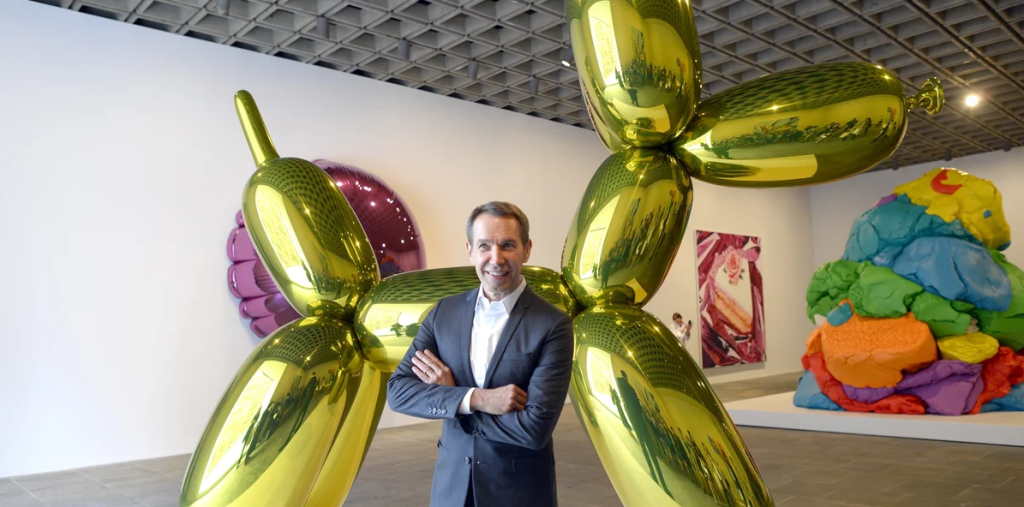Since its creation in the early 20th century, Monopoly has undergone a visual evolution that mirrors the game’s enduring popularity and cultural impact.
Early Beginnings: The original Monopoly board featured a simple, colorful design, with properties grouped by color and playful illustrations of iconic landmarks.
Art Deco Influence: In the 1930s, the game underwent a visual makeover inspired by the Art Deco style, with sleek, streamlined graphics and a more sophisticated color palette.
Mid-Century Modern: The 1950s and 60s brought a shift towards a more modern aesthetic, with clean lines, bold colors, and minimalist typography.
Pop Culture References: Throughout the decades, Monopoly has incorporated pop culture references into its artwork, featuring images of celebrities, TV shows, and movies.
Special Editions: In recent years, Monopoly has released numerous special edition versions with unique artwork inspired by different themes, such as cities, sports teams, and popular franchises.
Nostalgic Appeal: Despite the changes in visual style over the years, Monopoly’s classic elements have remained a constant, appealing to players of all ages with its timeless design.
In conclusion, the evolution of Monopoly art reflects the game’s enduring appeal and cultural significance, showcasing a rich visual history that continues to captivate players around the world.


